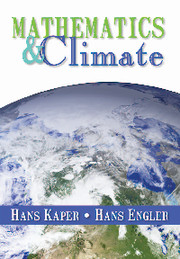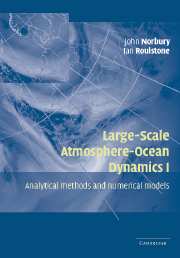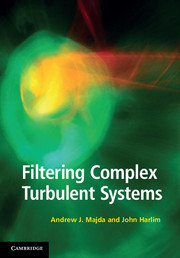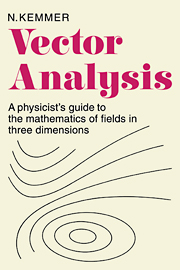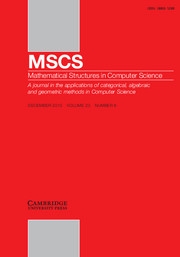Mathematics and Climate
Many issues of contemporary importance in climate science can be explored using techniques from mathematics and statistics. This timely textbook introduces students and researchers to the conceptual models that capture important aspects of the Earth's climate system and the mathematical and statistical techniques that can be applied to their analysis. Topics covered include the Earth's energy balance, temperature distribution, ocean circulation patterns such as El Niño, and the carbon cycle. Among the mathematical and statistical techniques presented are dynamical systems and bifurcation theory, Fourier analysis, conservation laws, regression analysis, and extreme value theory. Each chapter ends with exercises, making this book ideal for advanced undergraduates and beginning graduate students in the mathematical sciences who are familiar with linear algebra, calculus, and basic statistics. It will also appeal to applied mathematicians and statisticians in academia, national laboratories, and public service organisations.
- Covers an extensive selection of mathematical techniques and climate phenomena
- Each chapter ends with exercises which both reinforce the material and stimulate critical thinking skills
- An extensive glossary of terms is provided for the nontechnical reader
Product details
November 2013Paperback
9781611972603
345 pages
255 × 178 × 15 mm
0.57kg
Available
Table of Contents
- 1. Climate and mathematics
- 2. Earth's energy budget
- 3. Oceans and climate
- 4. Dynamical systems
- 5. Bifurcation theory
- 6. Stommel's box model
- 7. Lorenz equations
- 8. Climate and statistics
- 9. Regression analysis
- 10. Mauna Loa CO2 data
- 11. Fourier transforms
- 12. Zonal energy budget
- 13. Atmosphere and climate
- 14. Hydrodynamics
- 15. Climate models
- 16. El Niño-southern oscillation
- 17. Cryosphere and climate
- 18. Biogeochemistry
- 19. Extreme events
- 20. Data assimilation
- Appendix A. Units and symbols
- Appendix B. Glossary
- Appendix C. MATLAB codes.

